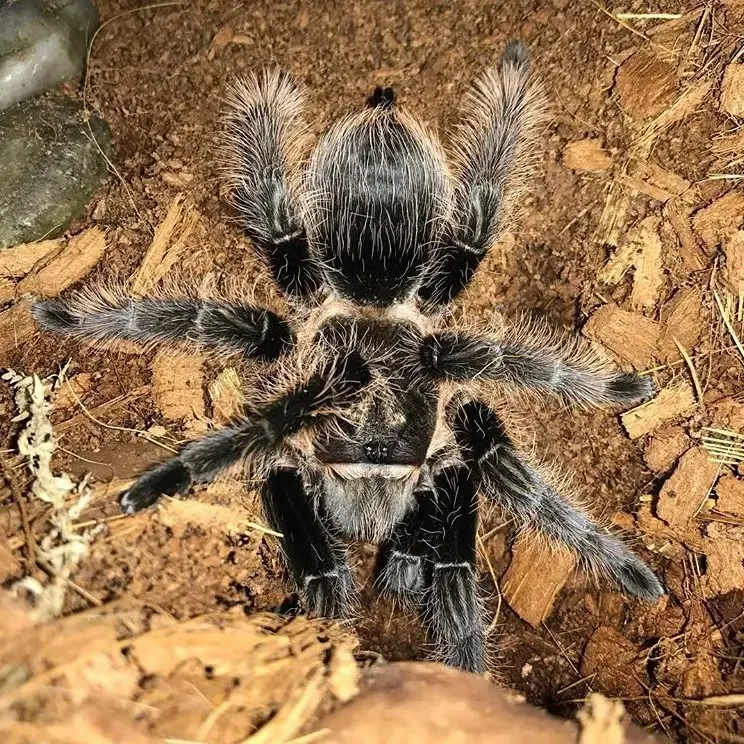The Curly Hair Tarantula Overview
The Honduran Curly Hair Tarantula (Tliltocatl albopilosus), often simply called the Curly Hair Tarantula, is a popular choice for beginner tarantula keepers. Known for its docile temperament and striking appearance, this species offers a fascinating glimpse into the world of arachnids. Understanding their basic needs is crucial for their well-being and longevity. This comprehensive care sheet will provide you with the essential information needed to ensure your Curly Hair Tarantula thrives in captivity, covering everything from habitat setup and feeding to health and handling. This gentle giant is a rewarding pet, offering a unique and captivating experience for any enthusiast.
Origin and Habitat
Native to the tropical forests of Honduras, Costa Rica, and Nicaragua, the Curly Hair Tarantula thrives in a warm, humid environment. In their natural habitat, they are terrestrial spiders, meaning they live primarily on the ground, often burrowing or finding shelter under logs, rocks, and leaf litter. Replicating these conditions in captivity is key to their health and happiness. The natural environment influences their behavior, diet, and overall well-being. Therefore, understanding their origins helps you create an optimal living space for your pet, mimicking their natural surroundings to ensure they feel secure and thrive.
Understanding the Honduran Curly Hair Tarantula
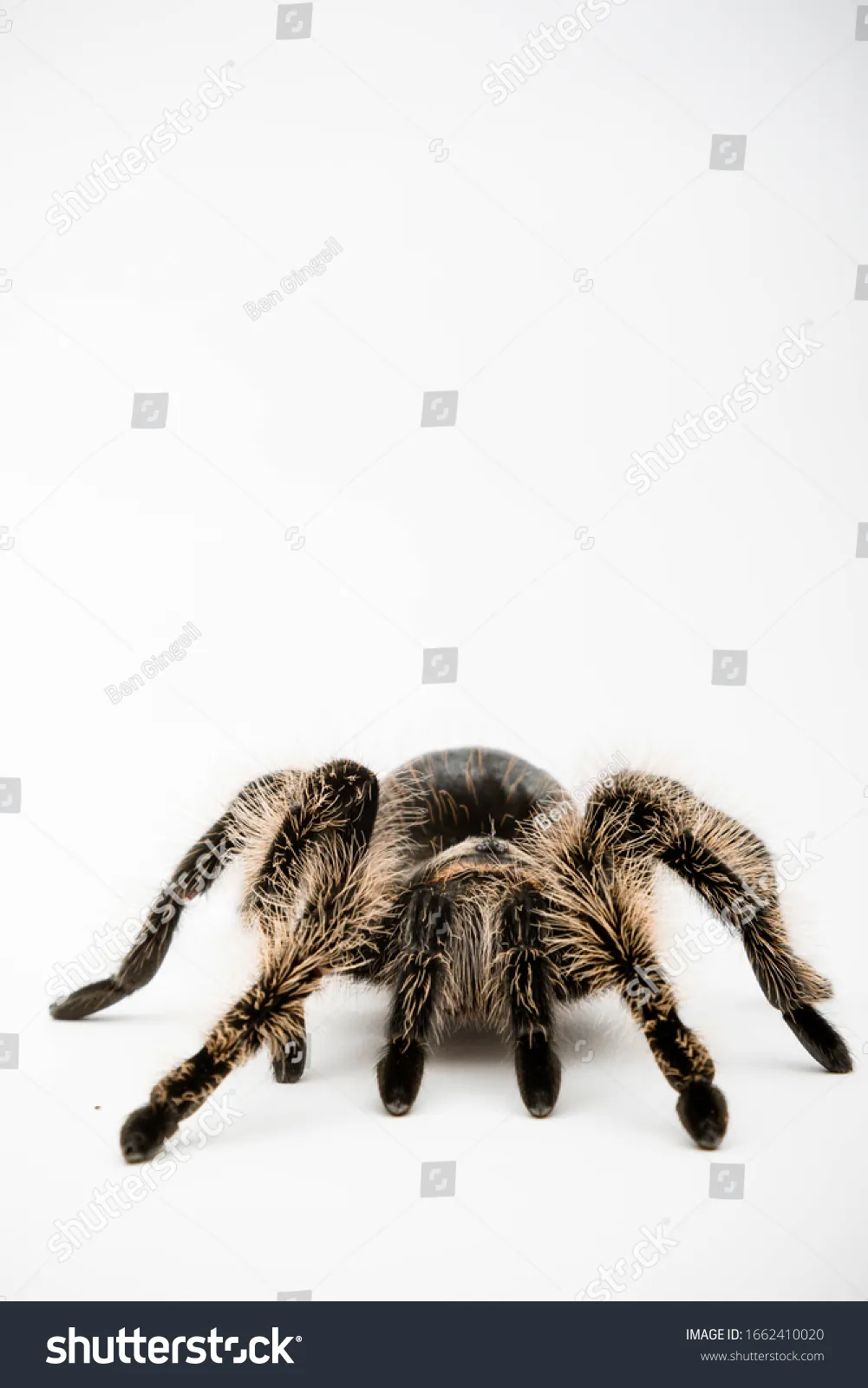
The Curly Hair Tarantula is a fascinating species, known for its distinctive appearance and relatively calm demeanor. They are generally docile and less prone to biting compared to some other tarantula species, making them a good choice for beginners. However, it’s important to remember that they are still wild animals and should be treated with respect. They are nocturnal creatures, most active during the night, and spend a significant portion of their time in their burrows or hiding spots. Understanding their behavior and natural instincts will help you provide the best possible care and appreciate their unique characteristics.
Physical Characteristics of the Curly Hair Tarantula
The Curly Hair Tarantula gets its name from the unique appearance of its setae (hairs), which curl, giving it a fuzzy, almost fluffy look. These spiders are typically dark brown to black in color, with golden or copper-colored hairs on their legs and carapace. They are a medium-sized tarantula, with females reaching up to 6 inches in leg span, while males are usually slightly smaller. Their appearance is one of their most captivating features, and these spiders have a robust build and are quite hardy, making them relatively easy to care for. The color and hair distribution can vary slightly depending on the individual spider’s age and origin.
Top 5 Care Facts You Need to Know
Fact 1 Habitat and Enclosure Setup
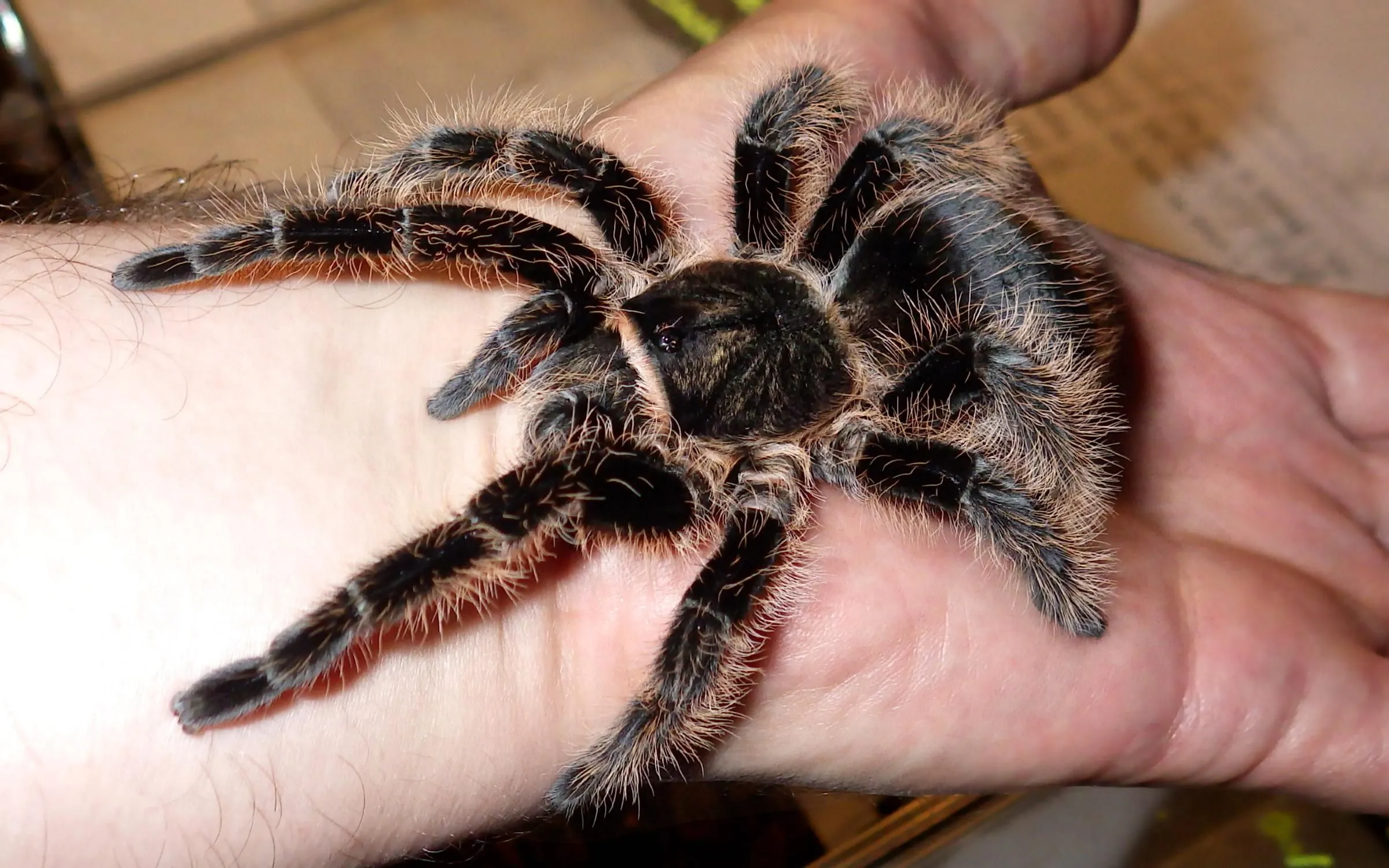
Creating the right habitat is crucial for your Curly Hair Tarantula’s well-being. The enclosure should be escape-proof and provide a comfortable environment that mimics their natural habitat. The size of the enclosure, type of substrate, and the inclusion of appropriate decor are all vital aspects of their care. A well-designed habitat not only keeps your tarantula safe but also encourages natural behaviors, allowing you to observe these fascinating creatures in a way that benefits both the spider and the keeper.
Enclosure Size and Type
For an adult Curly Hair Tarantula, a 10-gallon tank or a similar-sized enclosure is generally sufficient. The enclosure should be well-ventilated with a secure lid to prevent escape. The height of the enclosure is less important than the floor space, as these are terrestrial spiders that spend most of their time on the ground. Ensure the enclosure provides enough space for the tarantula to move around comfortably and to establish a burrow or hiding spot. The right enclosure size makes it easier to regulate temperature and humidity, which is critical to your spider’s health. A clear view of the enclosure also allows for better observation of your pet.
Substrate and Decor
The substrate should be several inches deep to allow for burrowing. A mixture of coco fiber, peat moss, and a bit of vermiculite is ideal for retaining moisture and allowing the spider to dig. Avoid using substrates that can be harmful if ingested. Provide a hide, such as a piece of cork bark or a half-log, for the tarantula to feel secure. Adding a water dish, shallow enough to prevent drowning, is also essential. Decorate the enclosure with safe items like silk plants to provide hiding places and a more natural look. Remember that the setup should prioritize the spider’s safety and comfort. Make sure any decor is clean and non-toxic, and that it won’t collapse on the spider.
Fact 2 Temperature and Humidity
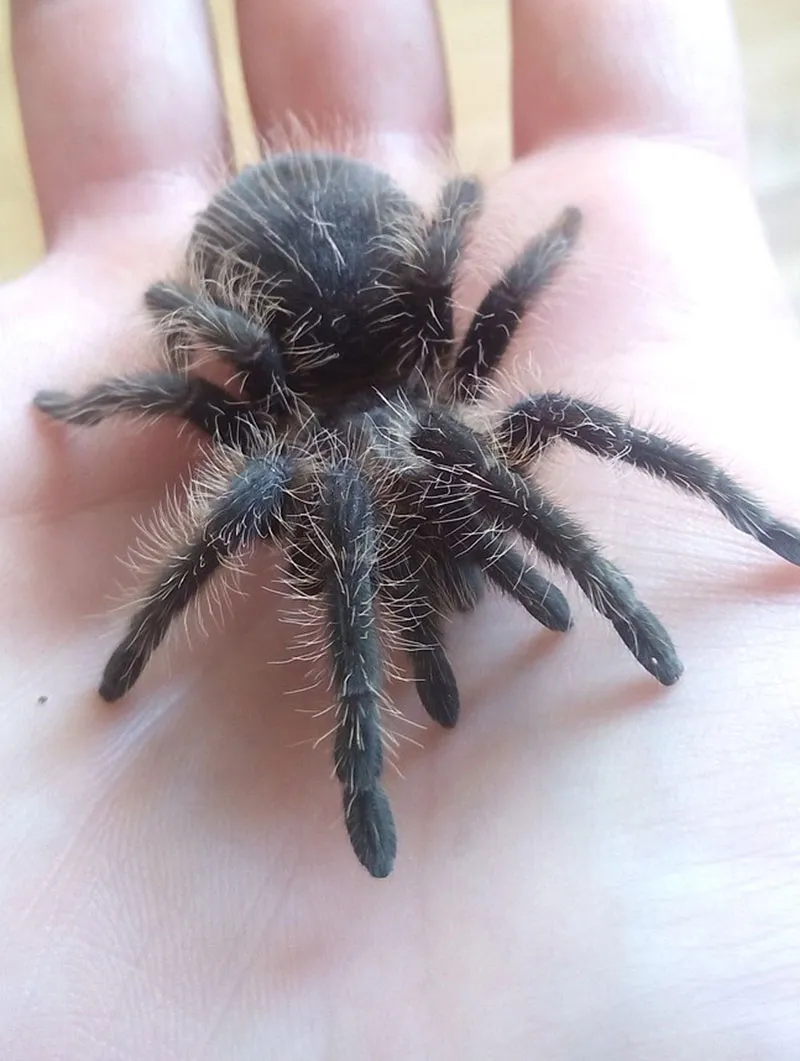
Maintaining the correct temperature and humidity levels is vital for your Curly Hair Tarantula’s health and molting. The right environment mimics their natural habitat, allowing them to thrive. This is not only about the physical comfort of the spider, but is also directly related to their ability to feed, grow, and molt properly. Regular monitoring of these factors is crucial for the spider’s overall health, and can prevent many common health problems. Having the right tools, such as a reliable thermometer and hygrometer, will greatly aid in this process.
Ideal Temperature Range
The ideal temperature range for a Curly Hair Tarantula is between 75-85°F (24-29°C). You can use a heat lamp or a heat mat placed on the side of the enclosure to maintain this temperature. Avoid placing the heat source directly on the bottom of the enclosure, as this can overheat the substrate and harm the tarantula. Regular monitoring with a thermometer is essential to ensure the temperature remains within the desired range. Make sure the temperature is stable, avoiding sudden fluctuations, which can stress your tarantula.
Maintaining Humidity Levels
Humidity levels should be maintained between 65-75%. You can achieve this by misting the enclosure with dechlorinated water a few times a week, depending on the ventilation and humidity levels. The substrate should be kept slightly moist, but not soggy. Good ventilation is also important to prevent mold and mildew. Monitor the humidity levels with a hygrometer and adjust your misting schedule as needed. Too much or too little humidity can cause health problems, such as difficulty molting or dehydration.
Fact 3 Feeding and Diet
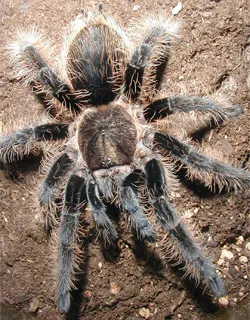
Providing a proper diet is crucial for your Curly Hair Tarantula’s growth and overall health. They are voracious eaters, but it’s important to provide them with the right type and amount of food. Understanding their dietary needs and feeding habits will help you ensure they get the nutrition they need to thrive in captivity. Overfeeding can lead to health problems, while underfeeding can stunt growth. The right balance is key to their well-being.
What to Feed Your Tarantula
Curly Hair Tarantulas primarily eat insects. Crickets, mealworms, and roaches are all suitable options. Ensure the insects you feed your tarantula are gut-loaded (fed nutritious food) before offering them to your pet. You can also occasionally offer pre-killed insects to avoid any risk of injury to your tarantula from live prey. Varying their diet with different types of insects provides a more balanced nutrition. Avoid feeding your tarantula insects that have been exposed to pesticides.
Feeding Frequency
Young tarantulas should be fed every few days, while adults can be fed once or twice a week. The frequency depends on the size of the tarantula and the size of the prey. Remove any uneaten food within 24 hours to prevent mold and mites. Monitor your tarantula’s abdomen size; a plump abdomen indicates a well-fed spider. Adjust the feeding schedule as needed, depending on the spider’s appetite and growth. During molting, your tarantula will typically refuse food.
Fact 4 Handling and Temperament
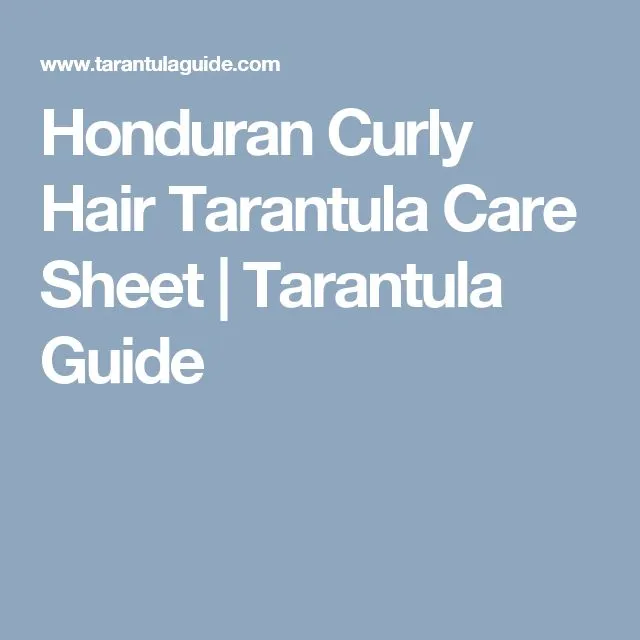
While Curly Hair Tarantulas are generally docile, it’s important to handle them with caution and respect. Understanding their behavior and knowing when to avoid handling them can help prevent any accidental bites or stress to the spider. Proper handling practices will make the experience safe for both you and your pet. Observing their body language, knowing their moods, and understanding their reactions are key to interacting safely with your tarantula.
Safe Handling Practices
If you choose to handle your tarantula, do so with gentle movements and avoid sudden actions. Handle them close to the ground, in case they fall. Never grab or squeeze the tarantula. Encourage them to walk onto your hand rather than trying to pick them up. Always wash your hands before and after handling your tarantula. It is best to handle them only when necessary, such as when cleaning their enclosure. Remember, each tarantula has its own personality, and some may be more skittish than others.
Understanding Their Behavior
Curly Hair Tarantulas can be skittish and may flick urticating hairs as a defense mechanism. They can also bite if they feel threatened. Be mindful of their behavior and avoid handling them if they appear stressed or agitated. Observe their posture and body language. If the tarantula raises its front legs or rears up, it’s a sign that it may feel threatened and could bite or flick hairs. Respecting their space and understanding their limits will contribute to a positive experience.
Fact 5 Health and Common Issues
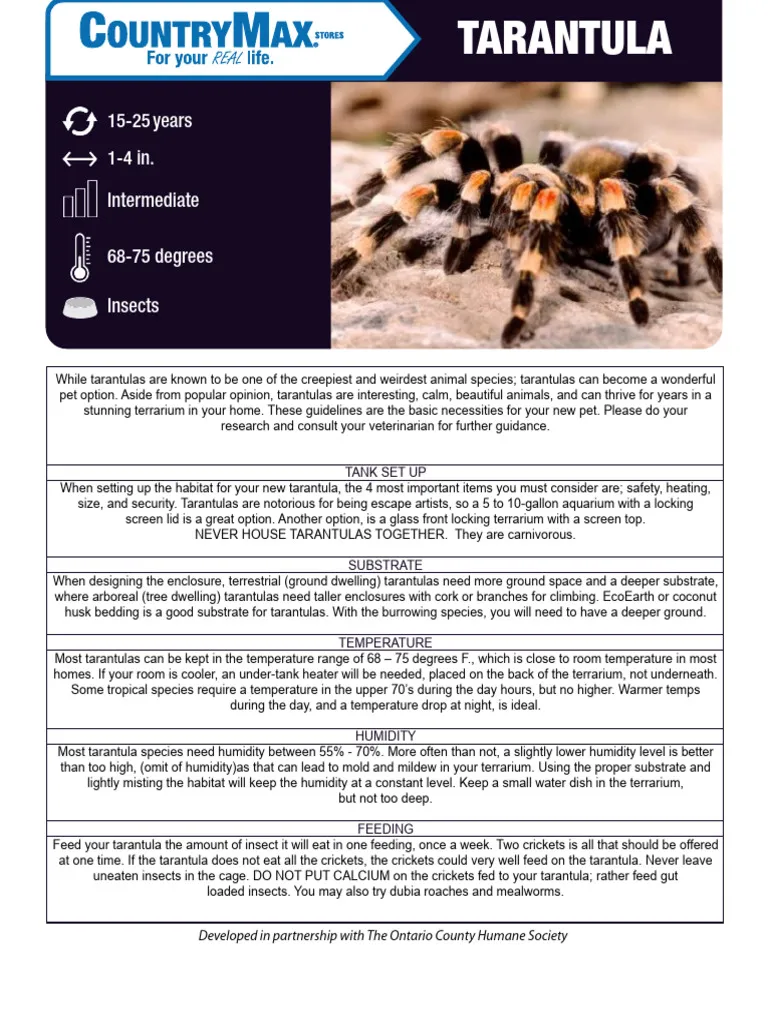
Like all pets, Curly Hair Tarantulas can experience health problems. Understanding common health issues and knowing how to prevent them can help you ensure your tarantula lives a long and healthy life. Regularly monitoring your pet and observing any changes in its behavior or appearance will enable you to take proactive steps to address potential problems. The sooner you recognize a problem, the easier it is to treat.
Recognizing Signs of Illness
Signs of illness include lethargy, loss of appetite, changes in appearance (such as a dull abdomen), and difficulty molting. If you notice any of these signs, consult with an experienced tarantula keeper or a veterinarian familiar with arachnids. Difficulty molting, also known as “stuck molt,” can be a serious issue and requires immediate attention. Dehydration and parasites are other potential health concerns. Early detection and prompt action are vital for the tarantula’s well-being.
Preventative Care and Maintenance
Regularly clean the enclosure to maintain a healthy environment. Remove any uneaten food, shed exoskeletons, and feces. Ensure the substrate is replaced periodically to prevent the buildup of harmful bacteria. Provide fresh water at all times. Maintain the correct temperature and humidity levels. Quarantine new tarantulas before introducing them to your collection. Preventative care, such as maintaining the correct habitat, providing a balanced diet, and monitoring your tarantula’s health, will minimize the risk of illness and promote overall well-being.
Conclusion
Caring for a Curly Hair Tarantula is a rewarding experience. By following these top 5 facts and understanding the unique needs of this species, you can provide a safe, enriching, and healthy environment for your pet. From habitat setup and feeding to handling and health, this guide has provided you with the essential knowledge to ensure your tarantula thrives. Remember, patience, observation, and a commitment to their well-being are key to being a successful tarantula keeper. Enjoy the fascinating world of these amazing creatures!
